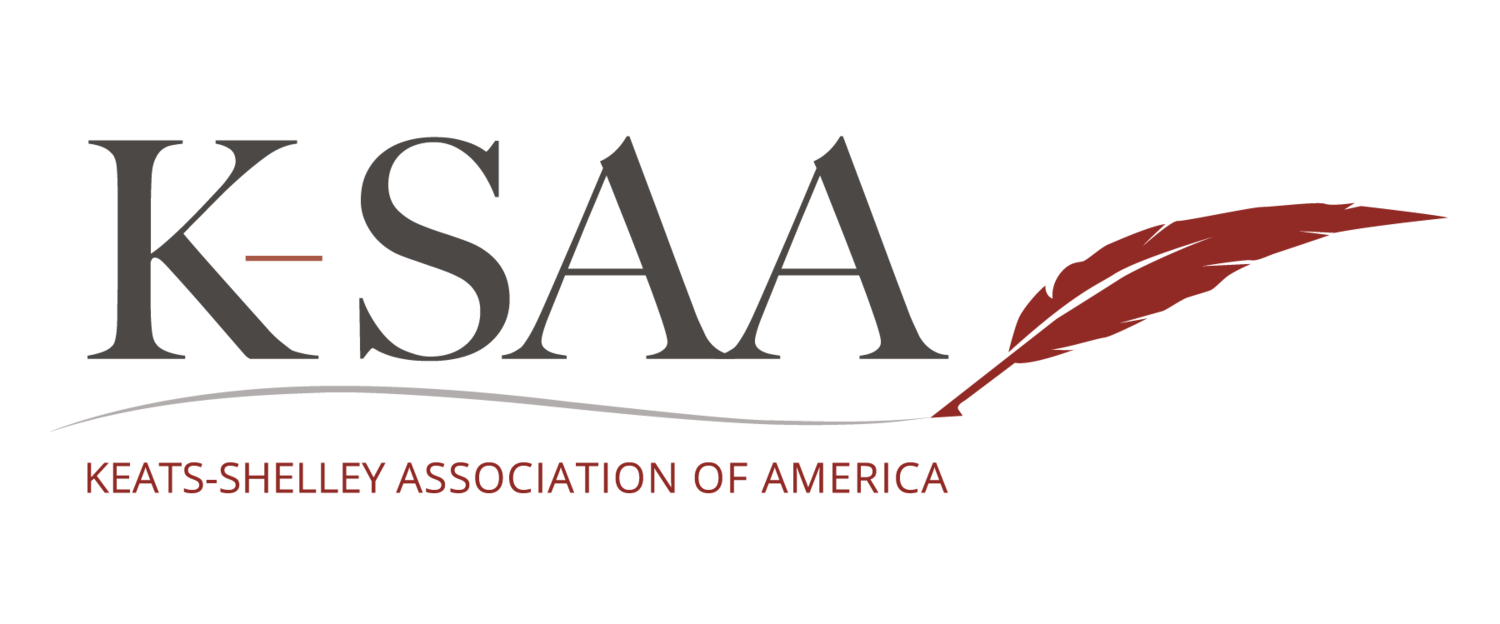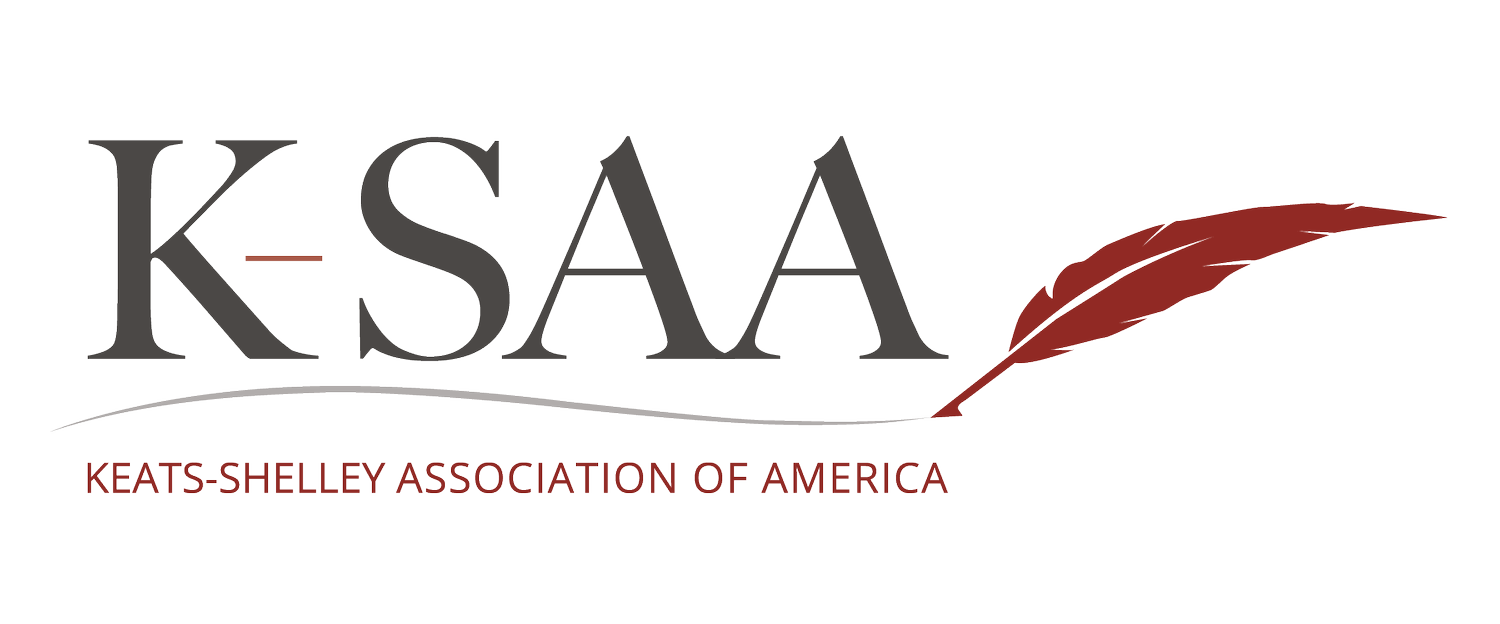Tools for Accessibility: Romanticism and Beyond
Part II
Abridged Texts
by Nellie Downie
In the first part of this piece, I discussed audiobooks as an accessibility tool, my experiences with them as both a student and a teacher, and their stigmatization. Abridged texts hold a similar stigma to that of audiobooks: in many cases, reading an abridged version is deemed inferior to reading the text as “originally intended.” When faced with a text of considerable length, the reader is daunted at best. At worst, the length can discourage a reader altogether. Abridging is a tool that is necessary for making all texts more accessible to a wider variety of readers, not just Romantic texts. It is important to note that advocating for increased use of abridged texts is not an argument against reading full-length works, but rather one removing prohibitive factors in texts in order to increase accessibility, teachability, and new readership. In this way, abridging does not entail less reading, but more reading in the long run through providing readers choice and opportunity.
To use another text by Mary Shelley as an example, the abridged edition of The Last Man, edited by Omar F. Miranda, was my personal awakening to the value of this tool. In his Editor’s Preface, Miranda shares the following about teaching the text:
Asking my students to complete such extensive reading at the term’s conclusion invariably felt demanding and onerous. For pragmatic purposes, therefore, I decided to create the following abridgement, truncating the original narrative by more than a third of its length. It is my hope that, while offering greater exposure to this important novel in classes around the world, this free and open-access edition is used as originally intended: as a pathway toward— rather than replacement for—the novel in its entirety. (Miranda)
As Miranda explains, length can restrict the kinds of texts that can be used in the classroom. Worth noting is that this accessibility feature is one which does not solely benefit those who rely on accommodations for success; abridging texts with prohibitive lengths can allow everyone to enjoy the complexities of a text they may have otherwise never been able to finish.
Regardless of the level of education, educators must deal with the constraints of the school’s schedule; this issue is another area where abridged texts can act as an accessibility tool. In secondary schools, teachers have anywhere from three to four and a half hours per week to deliver instruction to a group of students, often with reading time included. At the undergraduate and postgraduate level, classes average at three hours without the reading time included; however, analysis and critique is at a much higher level, so the amount of space texts can take up on the syllabus is also constrained. Abridging a text, therefore, can make the difference between achieving the intended learning objectives and not doing the text justice at all.
The two approaches discussed thus far are valuable tools in their own right, but they can also be combined. When I taught Frankenstein, as detailed in the first part of this piece, I consulted Cris Tovani’s Why Do I Have to Read This? to adapt my approach. I taught this unit as a student teacher, so I prioritized practicing strategies for engagement; as a driver of retention and comprehension, engagement is the crux of student learning. Tovani presents “Don’t Make Students Read the Whole Thing” as one of five strategies to increase engagement with a text, explaining that “choice drives engagement and gives kids agency to focus on their learning rather than being hamstrung by a curriculum guide or textbook” (72). I opted to use the Reading While Listening (RWL) model in conjunction with an abridged text. The result was a more engaged body of students who were able to read Frankenstein entirely in class in only a few weeks, and following informal and formal assessment, were shown to be able to identify key themes and think critically about the text.
My goal in writing this piece was to call attention to the gaps that exist in academia and in pedagogy. Oftentimes, best practices can slip through the cracks, and what helps people with disabilities is foregone in favor of what is deemed as the “right way” to do things. However, I think it is necessary to call attention to the fact that accessibility in education is great, but accessibility in pleasure is just as valuable. As someone who has spent the past six years framing everything through a pedagogical lens, I could probably say so much more about the benefits of providing widespread access to accessibility tools in the classroom. But I would not have spent the past six years doing so if I had not fallen in love with literature. I would not have pushed myself to take classes with higher critical thinking and discovered the joys of analysis, then subsequently decided to devote my education to this subject area. In the first part of this piece, I mentioned that I was able to use audiobooks as a tool to practice reading Romantic texts and develop my confidence. What I didn’t mention was that I was able to use audiobooks—not as a tool to ruminate on my reading speed or worry if I would be able to finish the assignment on time—but to focus on enjoying what I was reading.
Audiobooks and abridged texts can serve as accessibility tools for everyone, not just those of us who rely on them. How many people in academia rarely read outside of their specialization? How many of us have said, “I’ll read that text once I have the time,” only for that time to never come? Or if it does come, who among us gets overwhelmed by the length or time commitment, knowing there are other things that need taking care of? The accessibility tools outlined in the piece can assist with these personal constraints. They certainly aren’t a cure-all, but in my experience, they can provide significant relief.
Closing the gap in accessibility will not just help people with disabilities; strategies that make texts more accessible to a specific population can benefit the general population. It is time to leave behind the elitism that says everything in academia—or even in education in general—has to be done a certain way. This is how we can truly bring Romanticism beyond the academy.
Works Cited
Shelley, Mary. The Last Man. Edited by Omar F. Miranda, University of Colorado Boulder, 2021,
romantic-circles.org/Editions/Publication/mary-shelleys-last-man-abridged-edition.
Tovani, Cris. Why Do I Have to Read This?: Literacy Strategies to Engage Our Most Reluctant Students. Stenhouse, 2015.
About the Writer
Nellie Downie is an MA student in Literary and Cultural Studies at Carnegie Mellon University. She received her undergraduate education from the University of Texas at Austin and her training in the UTeach-Liberal Arts program. Her research interests include 19th century British literature and Romanticism, popular culture, fan studies, pedagogy, and accessibility; she lives for the intersection of any and all the above.


